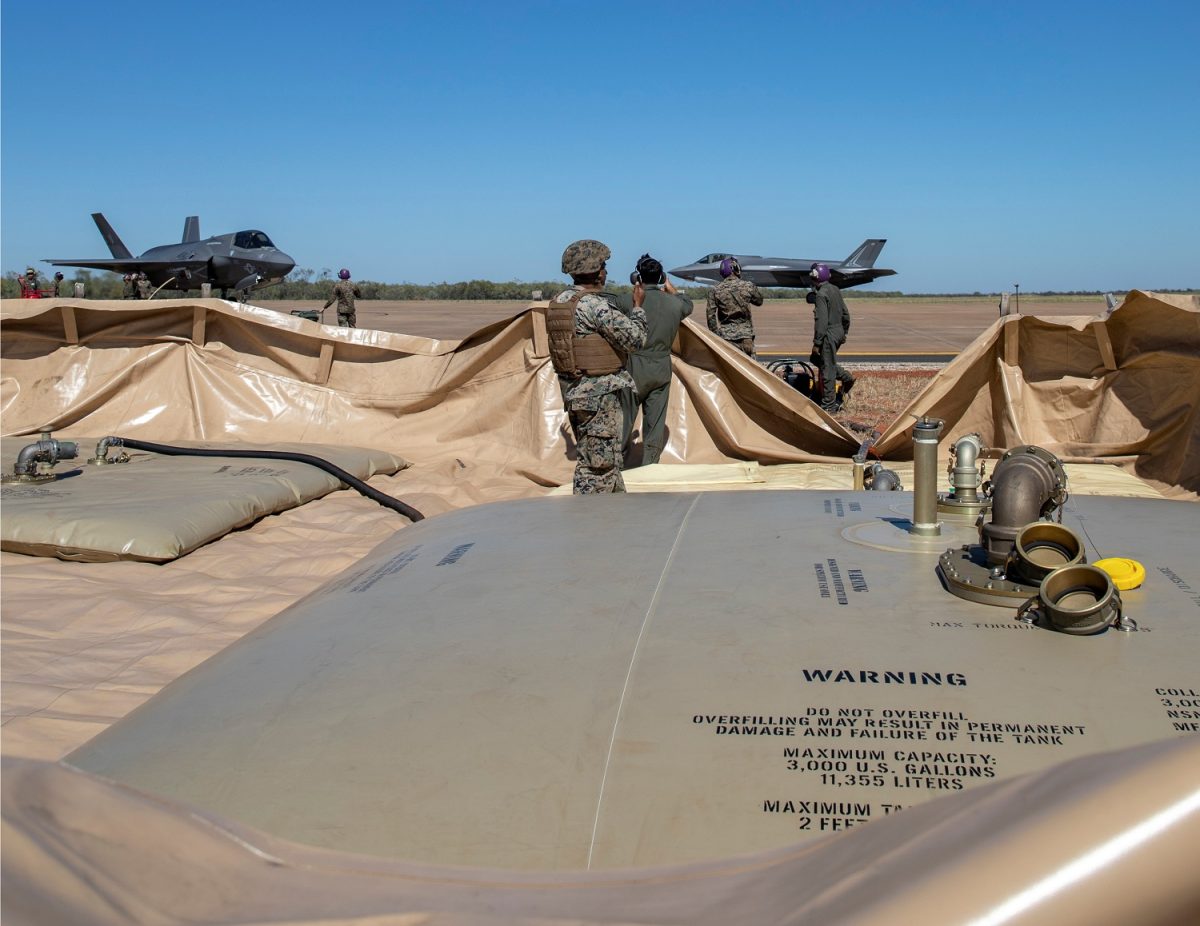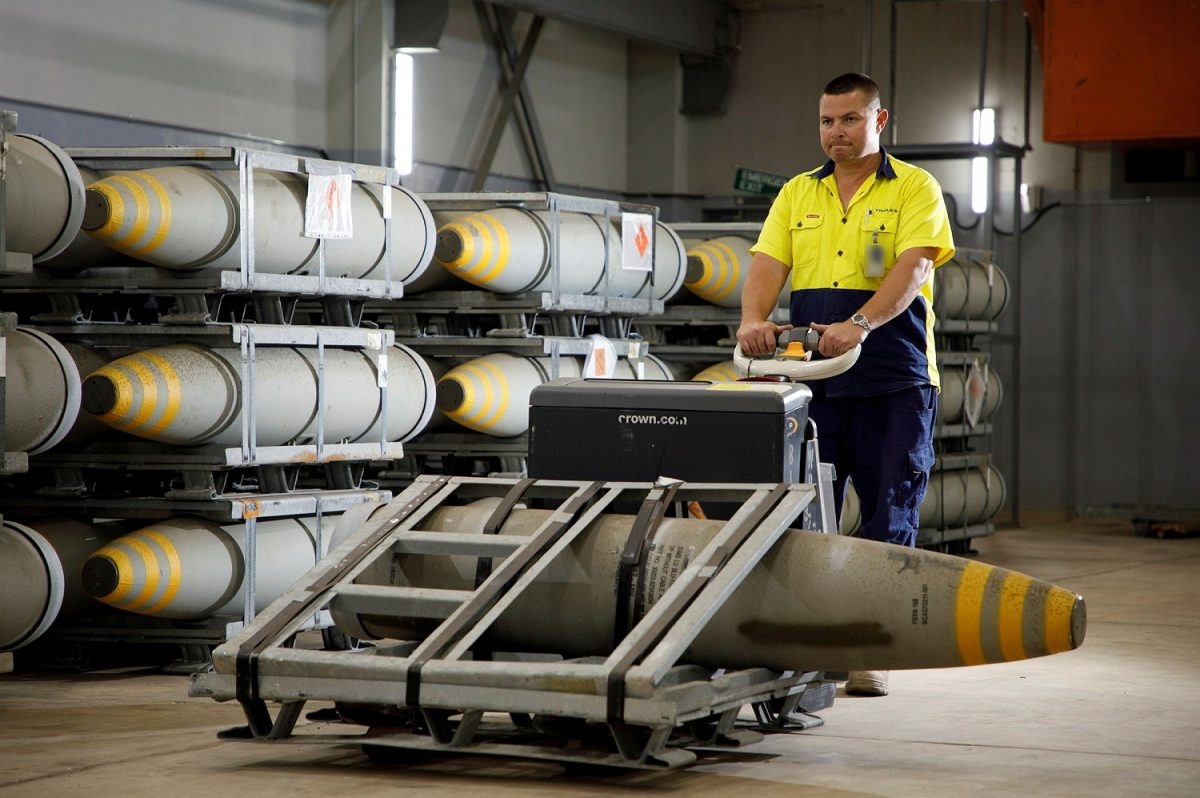“Sī vīs pācem, parā bellum” (If you want peace, prepare for war!) is a mantra loosely attributed to Latin author Publius Flavius Vegetius Renatus in the fourth or fifth century AD and is one that has been regularly adopted over the centuries since.
With the rapid build-up of other nations’ forces in our region over the past decade, this line of thinking may be top of mind of the leaders of the AUKUS triumvirate after they committed to the transfer of nuclear-powered attack submarine (SSN) technology to Australia last month.
But the first submarine is not due to enter service for at least a decade, and the ultimate new class of SSN-AUKUS submarines is still at least 20 to 30 years away.
And then there’s the cost – up to $368 billion. That’s Three Hundred and Sixty-Eight Thousand Million Dollars!
Less than a third of this money will actually cover the cost and operation of the submarines themselves. The rest will be spent on the technology transfers to establish from scratch a nuclear industry in Australia, funding upgrades to US shipyards to build the first three Australian boats, building Australian basing facilities to accommodate the boats, in creating a new Australian shipyard to build the boats, and in generating a workforce of 20,000 or more specialist trades and crews over 30-plus years.
The nuclear-powered submarines have been described to me by one informed observer as ”buying a silver bullet when we don’t even have enough regular bullets”.
The ADF has some of the best people and capabilities in the world, but there just aren’t enough of either. So, adding a new silver-bullet capability on top of an already undermanned and under-equipped ADF seems somewhat counter-intuitive.
If used well, submarines can be one of a nation’s most effective military capabilities. Due to their very nature, it’s difficult to know where they might be operating or lying in wait, so their deterrence value is high.
Rather than most people’s perception that they are primarily used to sink shipping, most of a submarine’s mission will be spent conducting reconnaissance off a foreign port or shipping route, inserting or recovering special forces, or doing other clandestine work far from home.
Nuclear-powered submarines can do most of these things better than conventional diesel-electric submarines, plus they’re faster and have much longer range and endurance. But this all comes at an extra – some would say extreme – cost.

Australia’s fuel stocks are small, and storage and supply lines resilience is fragile. Photo: ADF.
Without even factoring in what additional hardware the ADF should consider, below are some other ways a lot less money should arguably be spent first to enhance and augment the ADF’s current capabilities:
- Increase the recruitment and retention of skilled personnel. In 2021, the Morrison government forecast the need to increase the ADF by 20,000 personnel by 2040, but little has happened since then. Retention is also an issue – for example, RAAF pilot numbers are decreasing again as the airlines are rehiring after the pandemic. Hopefully, the forthcoming Defence Strategic Review (DSR) will address these shortfalls.
- Increase the capacity and throughput of training systems. There are backlogs in most of the ADF’s skilled trade and officer training systems that need to be urgently addressed for current recruitment levels, let alone increased levels in the future.
- Increase fuel reserves and resilience. Australia currently has fewer than 30 days of aviation, diesel and petrol fuel stocks. In the event of a conflict, the shipping lanes upon which Australia relies for its fuel imports would likely be disrupted. The transport and storage infrastructure of these reserves in Australia, especially the Far North, is also riddled with single points of failure that need to be addressed.
- Increase efforts to battle climate change. Former Chief of Defence Force Admiral Chris Barrie (Ret’d) yesterday said climate change was a greater strategic threat to Australia than China, and has called on the Government to release a report that was delivered to it late last year from the Office of National Intelligence (ONI) and examined the risks of climate change and its effects on broader national security.
- Increase the development of uncrewed air, surface, and undersea vehicles. Fortunately, this is already underway, but efforts to bring these advanced capabilities into service need to be doubled. Uncrewed systems – or drones – will not replace crewed aircraft, vehicles, ships or submarines, but will help to protect them by bringing additional sensors and weapons to a fight in cheaper platforms without putting their human operators in harm’s way.
- Increase spare parts holdings for all key capabilities. For many of our top-line capabilities, Australia is largely dependent on ”just in time” supplies of spare parts. This system would likely collapse during a conflict, as air and sea trade routes would be disrupted and spares sourced from other countries would be diverted for their own needs.
- Deeper ammunition magazines. Australia currently buys air, sea and surface-launched missiles and other weapons in batches of dozens or low hundreds, and these would be rapidly depleted within days in the event of a conflict. We need to either buy hundreds or even thousands more of these weapons, or develop the capability to manufacture them in Australia. The Morrison government initiated the Sovereign Guided Weapons and Explosive Ordnance (GWEO) Enterprise in 2021, and it is hoped some genuine opportunities for this will be identified and activated in the forthcoming DSR.
- Streamline procurement practices. The 2023 Productivity Commission Report on Government Services identified poor government procurement practices as a major cost imposition and highlighted defence as a key example. It says productivity improvements can be found through improved institutional and governance arrangements, cost-benefit analyses, clear technical and capability objectives, and less weight being placed on Australian exceptionalism.
The ADF has, in recent years, improved the way it procures capabilities, particularly by buying through the US’s Foreign Military Sales (FMS) system, which provides capabilities that are similar or identical to those operated by US services, thus providing much greater fleet, spares and training commonalities.

The ADF’s weapons stocks are low and need to be built up. Photo: ADF.
But the Productivity Commission Report did identify “… large defence procurement projects that involve effective rates of assistance for domestic production of up to 300 per cent”. It adds, “this is an extraordinary rate in the context of the other industry assistance, which has dwindled to between 0 and 5 per cent”.
Therefore, one might reasonably ask, do we need to spend $368bn to develop our own workforce of only 20,000 people capable of manufacturing and supporting nuclear-powered submarines in Australia, when that workforce already exists in the UK and the US?
Based on the Productivity Commission’s recommendations, perhaps money would be better spent on additional investment in defence industries in which Australia already has a demonstrable capability and industrial base, such as steel, composites, autonomous systems, cyber, logistics, communications and artificial intelligence. Only when these foundational capabilities have been built up should we be looking at buying some ”silver bullets”.
Source : Riotact
